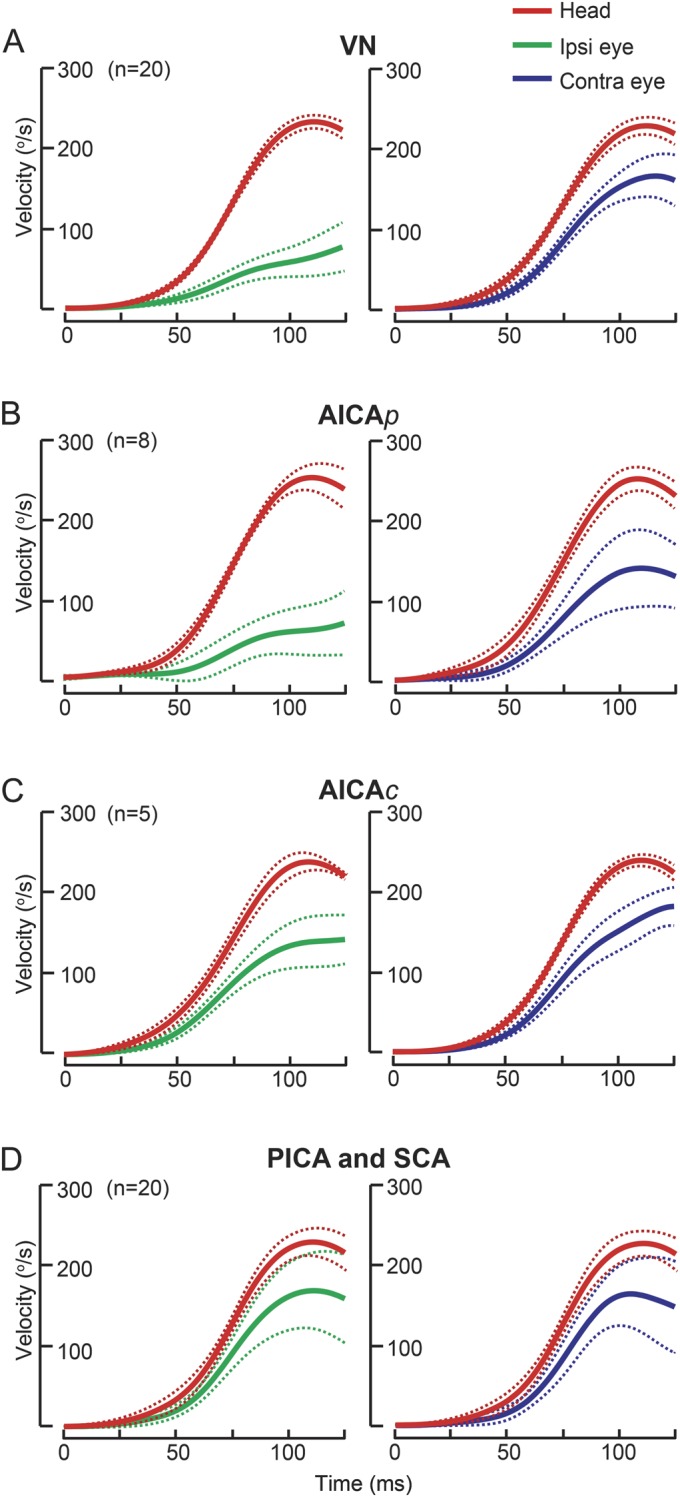Figure 2. Angular vestibulo-ocular reflex gains in pontine-cerebellar stroke and VN.

Group data (mean ± 95% confidence interval) displayed as time series of inverted eye and head velocities during the first 125 milliseconds of head impulses.16 (A) In vestibular neuritis (VN), ipsilesional gains were deficient while contralesional gains were reduced by approximately 20%. (B) In anterior inferior cerebellar artery–peripheral (AICAp) stroke, ipsilesional gains (0.25 ± 0.11, mean ± 95% confidence interval) were deficient like VN, but unexpectedly contralesional gains (0.52 ± 0.16) were also reduced. (C) In anterior inferior cerebellar artery–central (AICAc) stroke, compared with AICAp stroke, ipsilesional gains were less severely reduced (0.59 ± 0.16), while contralesional gains (0.63 ± 0.22) were similar. (D) In posterior inferior cerebellar artery/superior cerebellar artery (PICA/SCA) strokes, gains were mildly reduced bilaterally. Solid lines: means; dashed lines: 95% confidence intervals.
